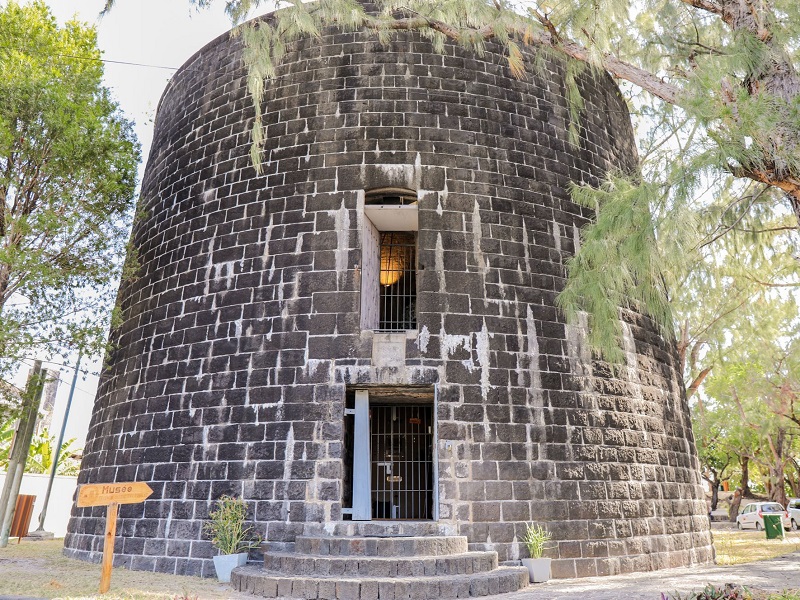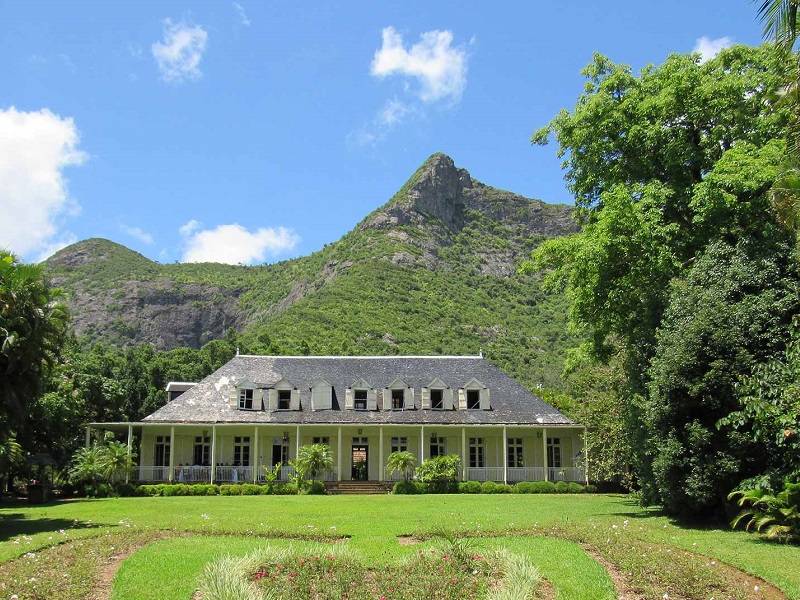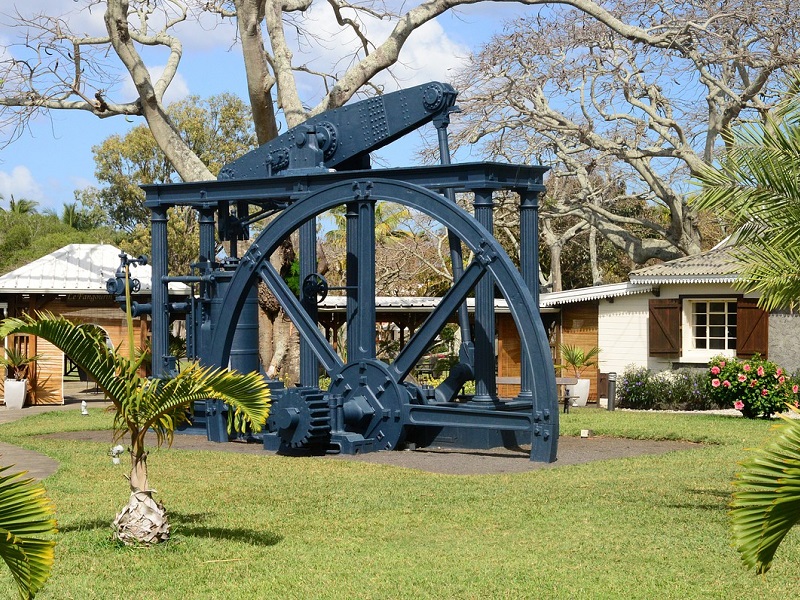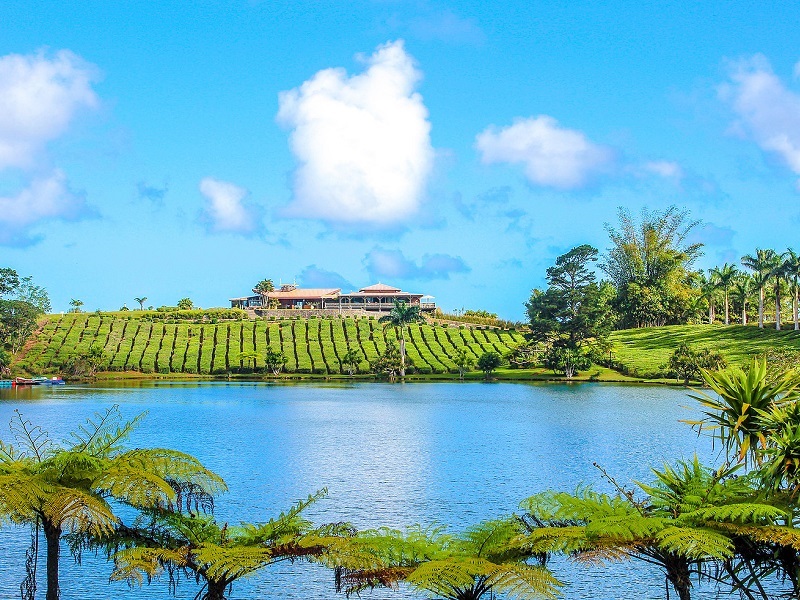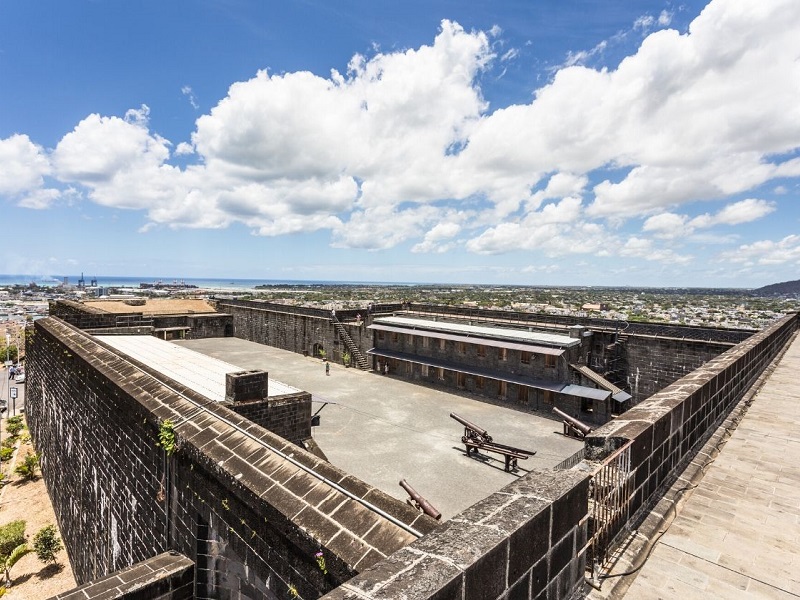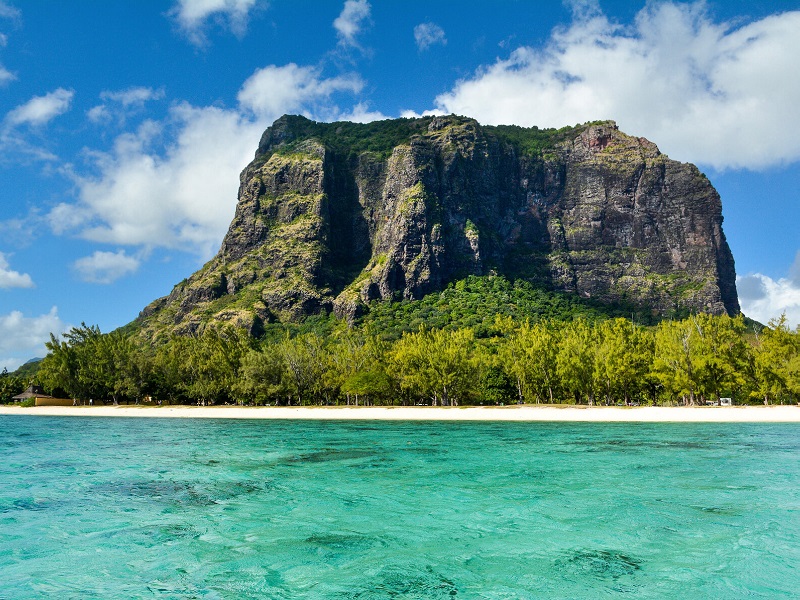Often referred to as the Pearl of the Indian Ocean, Mauritius is a stunning island nation situated to the east of Madagascar in Africa. Along with breathtaking beaches, Mauritius is well-known for its diverse culture, tropical climate, luxury resorts, varied cuisine, and exotic coral reefs, which makes it one of the top beach destinations as well as among the best honeymoon destinations in the world. Apart, the country is also home to several historical sites that provide you with a better understanding of the culture and history of this island nation. If you are a history buff and traveling to Mauritius, lets check our list of some of the popular places of heritage as part of Mauritius Tour Packages.
Watch Video : Top 10 Tourist Places in Mauritius - Video
Aapravasi Ghat
Located on the shoreline in the capital city of Port Louis, Aapravasi Ghat was a sea depot that was built for indentured laborers who came to Mauritius’s sugar plantations during the period between 1834 and 1920. It is said that the place has imported around half a million laborers to send them to the plantations under British authorization where they toiled rigorously. Regarded as one of the most important historical places to visit in Mauritius, the site houses the remnants of the hospital with seven rooms, a guard’s room, a surgery room, a kitchen, and immigration shed. It has been declared a UNESCO World Heritage Site and is visited by many tourists as part of Mauritius packages.
Martello Tower
Martellos or Martello Tower is a group of five British defensive towers built in the 1800s at La Preneuse. Standing about a height of around 40 feet, these five towers were used by the British as a protective barrier from the French, who were attempting to instigate the slaves. Made of sturdy masonry, these towers are all 3 m thick, with copper cannons that could shoot at a range of around 2 km. It is now converted into a museum and tourists can take a guided tour of the tower, where experts explain the extraordinary architecture of the towers and their purpose to the British back in those days.
Eureka House
One of the most-visited historical sites in Mauritius, Eureka House is a 19th-century Creole-style house located on the banks of the river Moka. Built in 1830, it was owned by the colonial era British and French aristocrats and is converted into a museum that provides an insight into the colonial past of the country. The museum houses mahogany and ebony antiques, incredible furniture, old ceramics and beautifully painted chinaware, old maps dating back to the French East India Company, photographs of daily life and books, etc. Boasting 109 windows and doors, it is considered the largest house in all of Mauritius and is certainly not a place to be missed upon your Mauritius trip.
Beau Plan Sugar Mill
The one ingredient that makes Mauritius what it is today, it’s the elixir: sugar. Mauritius specializes in manufacturing pure and unrefined as well as wholesome and delicate sugars in the world since the olden days. The Beau Plan Sugar Mill is one of the prominent historical sugar factories present in Mauritius. The mill was built in 1797 and was closed in 1999. Today, it is converted into a museum that showcases the history of the sugar, and rum trade as well as the practice of slavery in Mauritius. The 3-hour guided tour of the museum allows the visitors will get a chance to know about the history of the place. And at the end of the tour, everyone gets to taste around fifteen types of sugar, all of which were first invented in Mauritius itself.
La Route Du The
Colloquially known as the tea route, Route Du Thé comprises Domaine des Aubineaux, Domaine de Bois Chéri, and Domaine de Saint Aubin. The plantation of St. Aubin goes back almost two hundred years, and it houses the beautiful St. Aubin House. It was once a sugar manufacturing factory and later moved in the seventies which is now home to a rum distillery. Tourists can take a guided tour here where you will be able to see how life for the colonialists were on the plantation. Bois Cheri Tea Garden is one of the three most prominent stops on La Route du The. Covers an area of about 250 hectares, the garden provides a guided tour of the premises where you will get to know about the history of the tea industry in the Bourgeois House, along with tea making, and tea tasting at the Bois Cheri Tea Factory. The final spot in the tea route is the colonial Domaine des Aubineaux. Located in Curepipe, the Franco-Mauritian Guimbeau family used to live in the house till 1993/Later, it was taken over by the Mauritian government, renovated, and opened as a museum that houses the original furniture, paintings, and other antique curios and artifacts from the colonial ages.
Citadel Fort
Also known as Fort Adelaide, Citadel Fort is a military building situated atop La Petite Montagne hill in Mauritius. The fort was built in the 19th century by the British to protect the British Army. The fort was constructed in a Moorish style with arches and huge rectangular blocks. The barracks of the fort have been converted into boutiques where one can pick up souvenirs. Besides its history, the fort offers some panoramic views of the capital, Port Louis, as well as the harbor.
Le Morne Brabant
Le Morne Brabant is an iconic mountain and a UNESCO World Heritage Site situated in the Le Morne Peninsula of Mauritius. The mountain is at an altitude of 1824 feet covering more than 30 acres of steep slopes, overhangs, and caves. This is the extreme southwestern point of the Island, and undoubtedly one of the most popular historical places to visit in Mauritius as it was used to shelter the escaped enslaved people during the 18th and 19th centuries. Given the place’s dangerous, inaccessible topography, the slaves who got away created their own communities here and stayed in the caves. The place is now a symbolic image of their fight for freedom, and one can visit the memorial site at the foot of the mountain where you will get some insights into the history of the site.
Albion Light House
Dated back to 1910, the Albion Lighthouse, also known as the Pointe Aux Caves, is a 30-meter-tall structure built by the government of Sir Charles Cavendish Boyle. The lighthouse is located in the village of Albion, on a magnificent cliff edge by the side of the Indian Ocean. Quite impressively, the lighthouse is still operational and it has been featured in several movies and shows. Surrounded by cliffs, caves, and lush greenery, the Albion Lighthouse blinks twice every ten seconds and provides guidance to ships that arrive at the harbour of Port Louis. The place is very popular among the locals and tourists due to its amazing location and breathtaking view. However, one needs an authorization letter from the Port Authority to visit the lighthouse.


